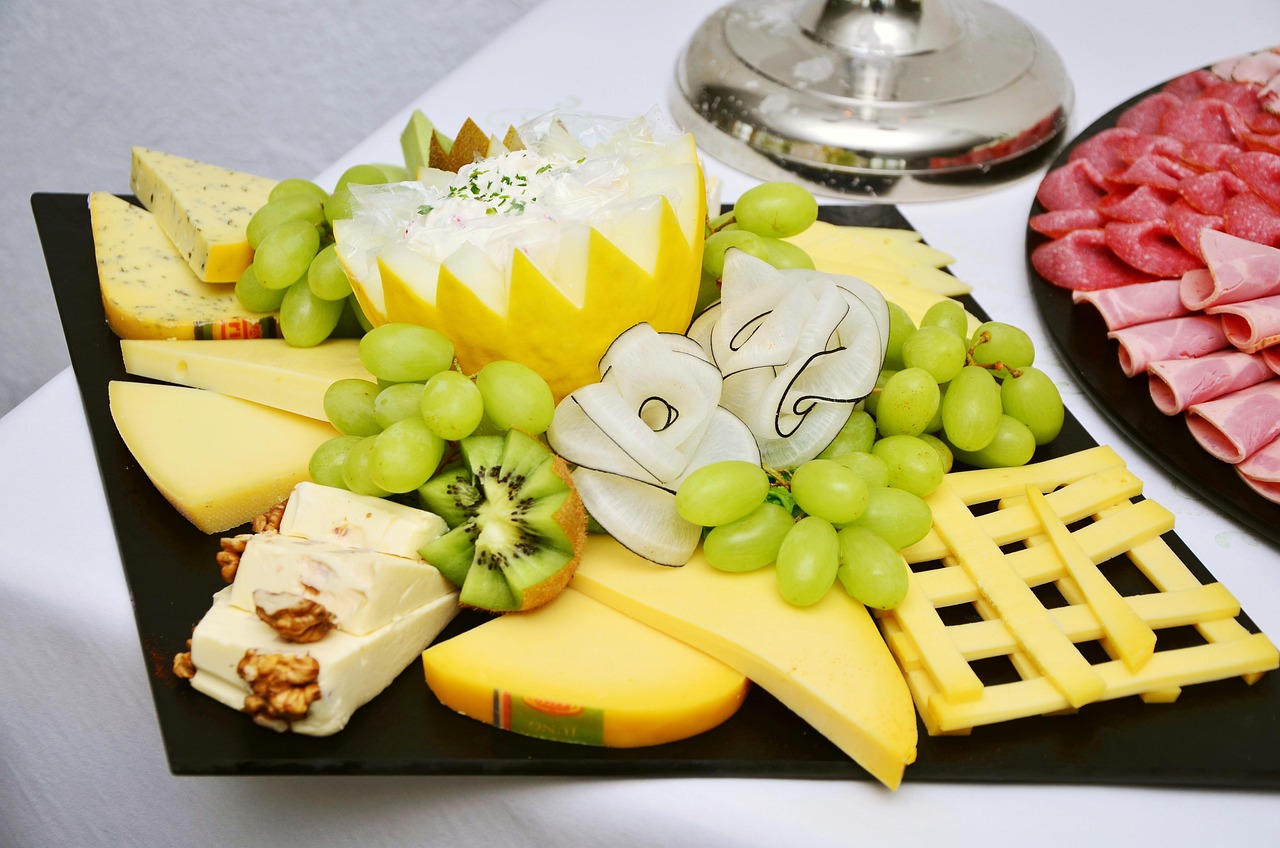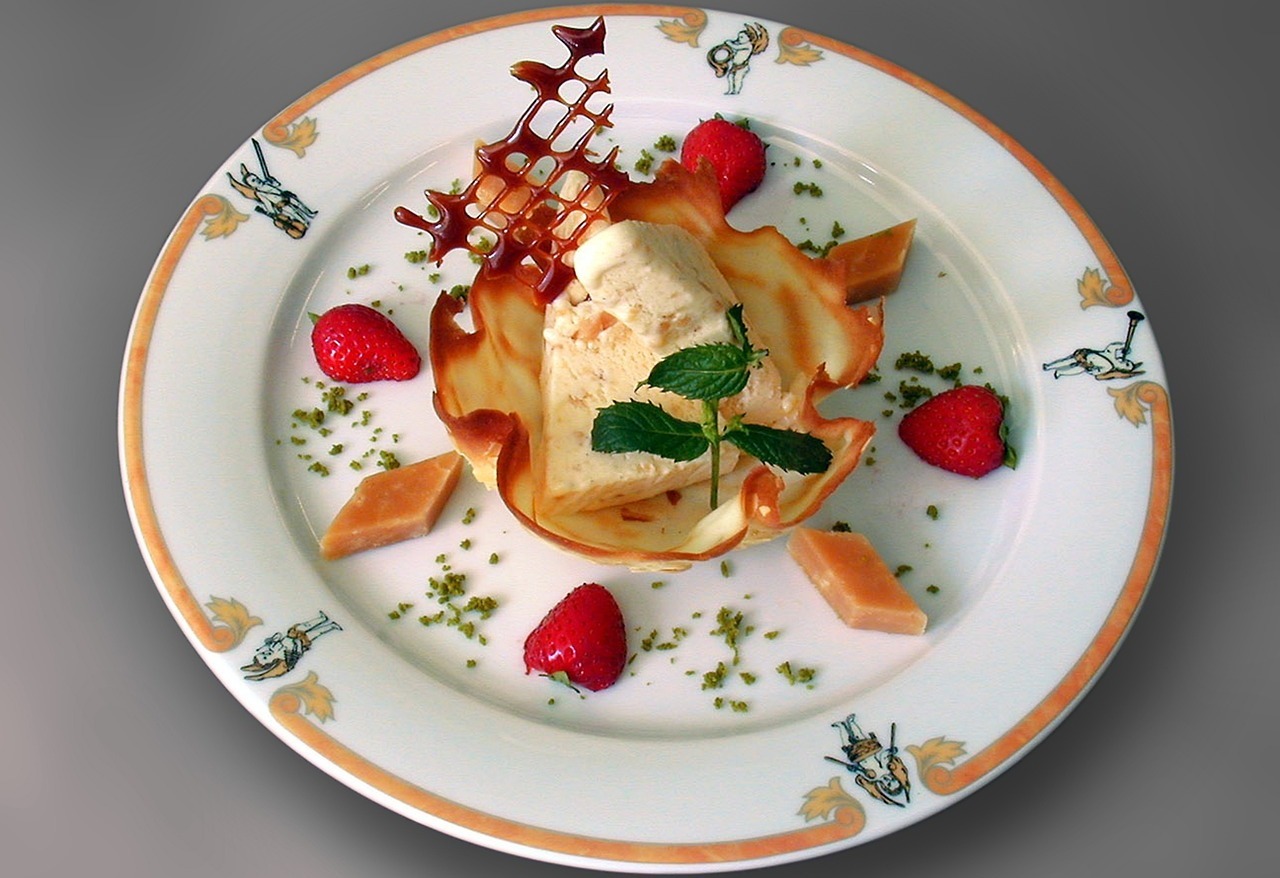10 Japanese Drinks and What Makes Them Special
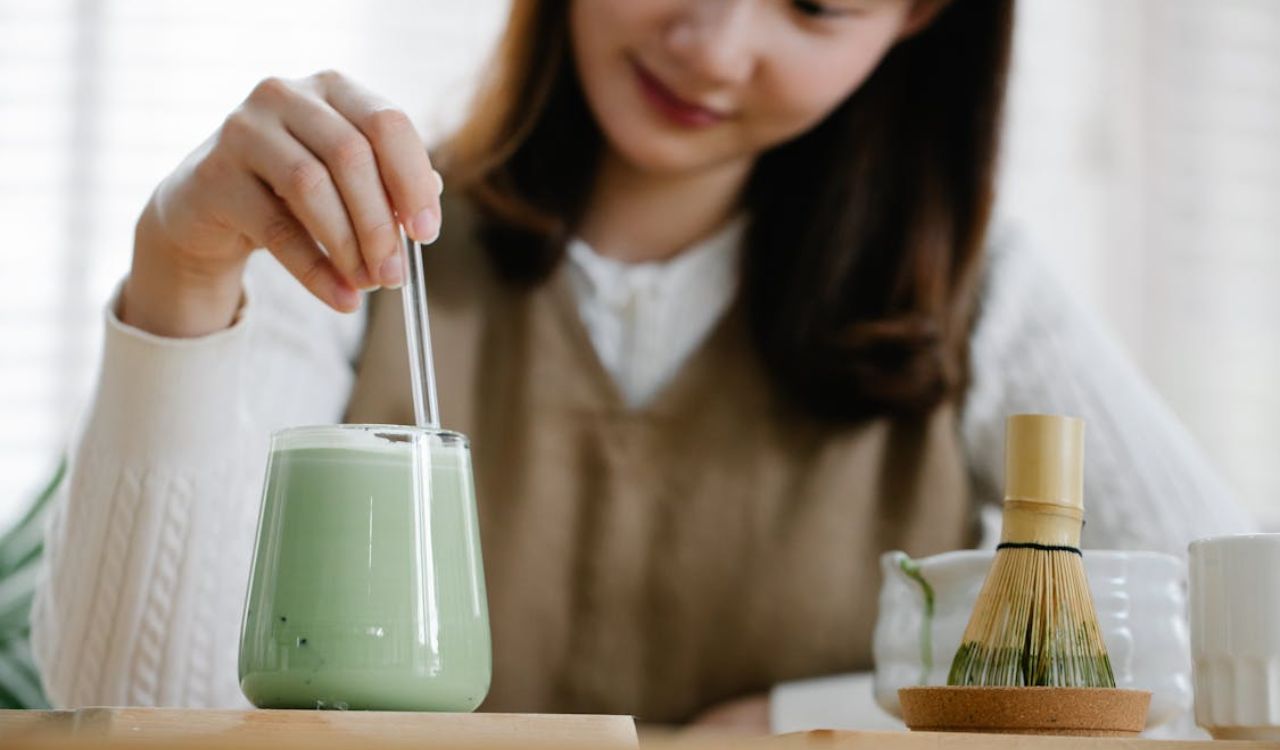
Japan’s drink culture is a perfect reflection of its balance between tradition and innovation. From ancient teas to modern sodas, Japanese beverages capture the country’s craftsmanship, creativity, and attention to detail. Some drinks comfort and calm the senses, while others are playful or energizing. Whether served hot, cold, or sparkling, each one tells a story about Japan’s appreciation for flavor and experience. Here are ten Japanese drinks that stand out for their cultural importance, taste, and the special qualities that make them unforgettable.
1. Matcha (Powdered Green Tea)
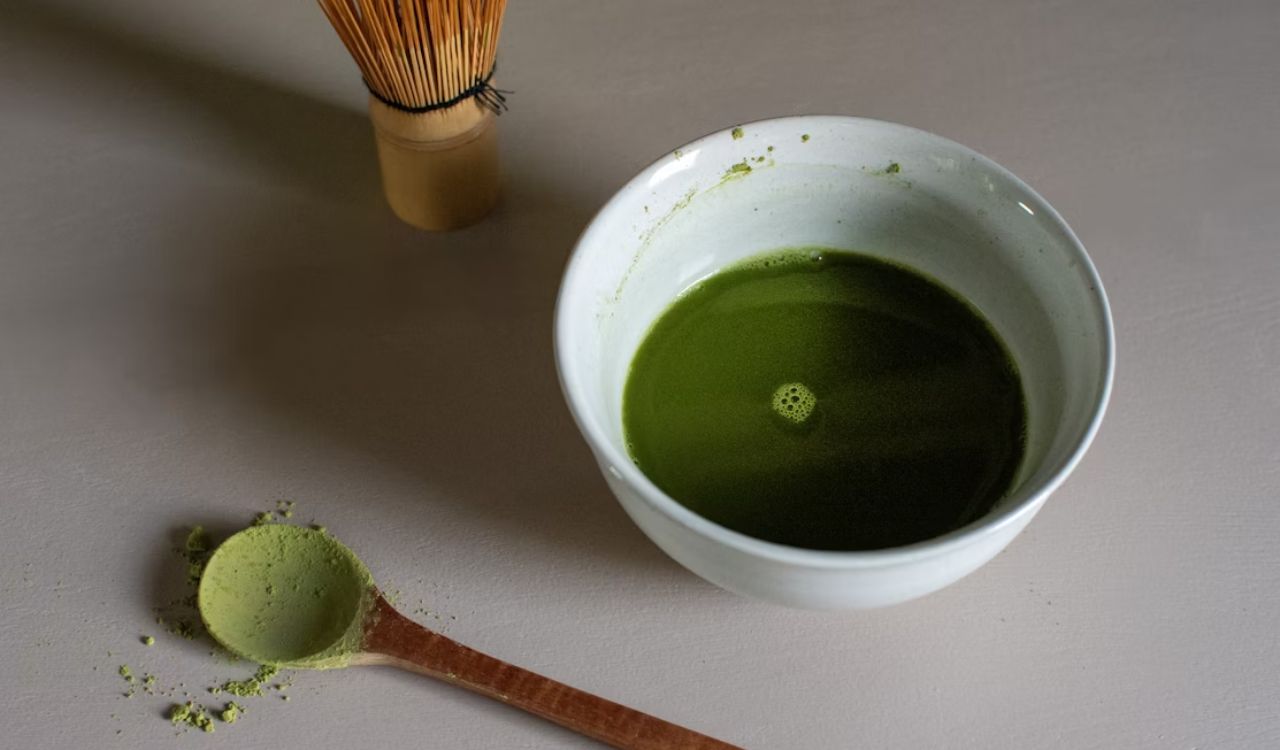
Matcha is one of Japan’s most recognizable drinks, celebrated for its vivid green color and deep, earthy taste. It is made by whisking finely ground, shade-grown tea leaves with hot water until smooth and frothy. Unlike ordinary green tea, matcha is consumed in full, providing antioxidants and a steady caffeine boost. Traditionally used in tea ceremonies, it symbolizes mindfulness and harmony. Today, matcha appears in lattes, desserts, and smoothies, proving its versatility and enduring appeal both in Japan and around the world.
2. Sake (Rice Wine)
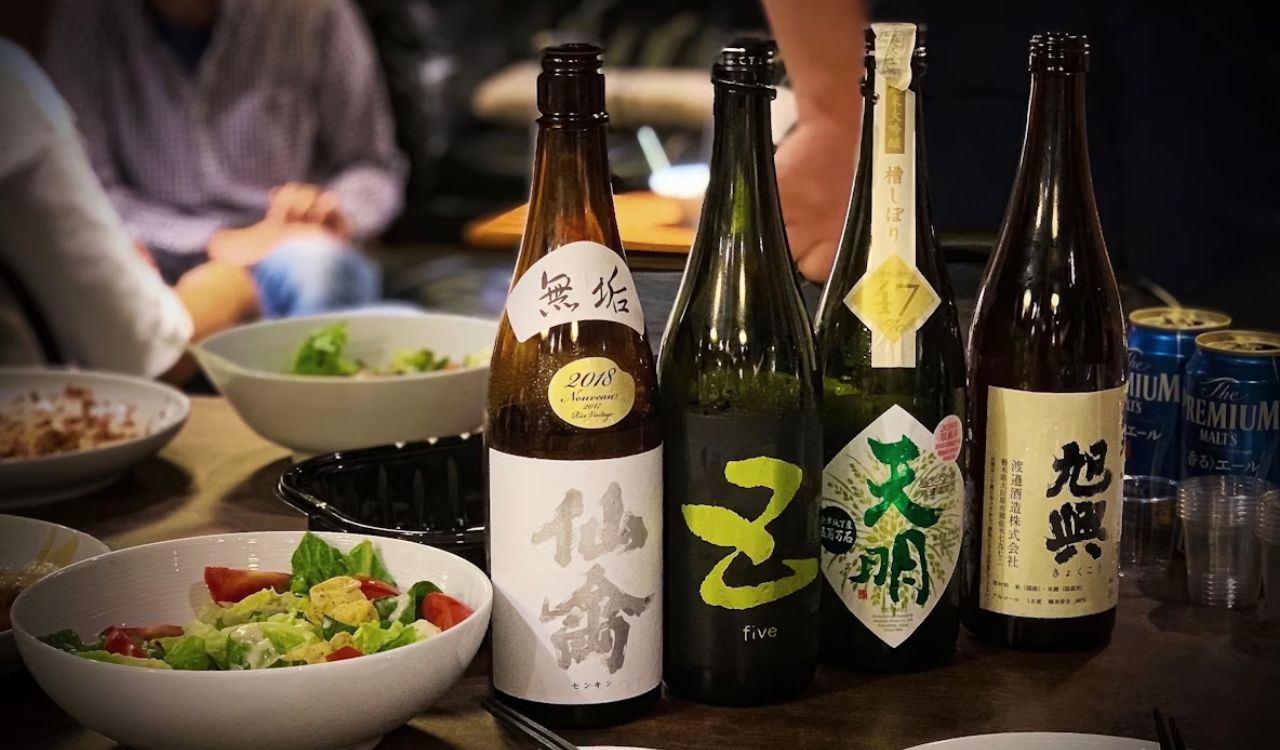
Sake is Japan’s national alcoholic beverage, brewed by fermenting polished rice with water and koji mold. Its flavor ranges from dry and crisp to rich and fruity, depending on how it is made and the region it comes from. Sake can be served warm to highlight its aroma or chilled for a cleaner, lighter taste. It pairs beautifully with sushi and other delicate dishes. What makes sake special is the craftsmanship behind every bottle, reflecting centuries of careful brewing tradition and respect for simplicity.
3. Shochu (Distilled Spirit)
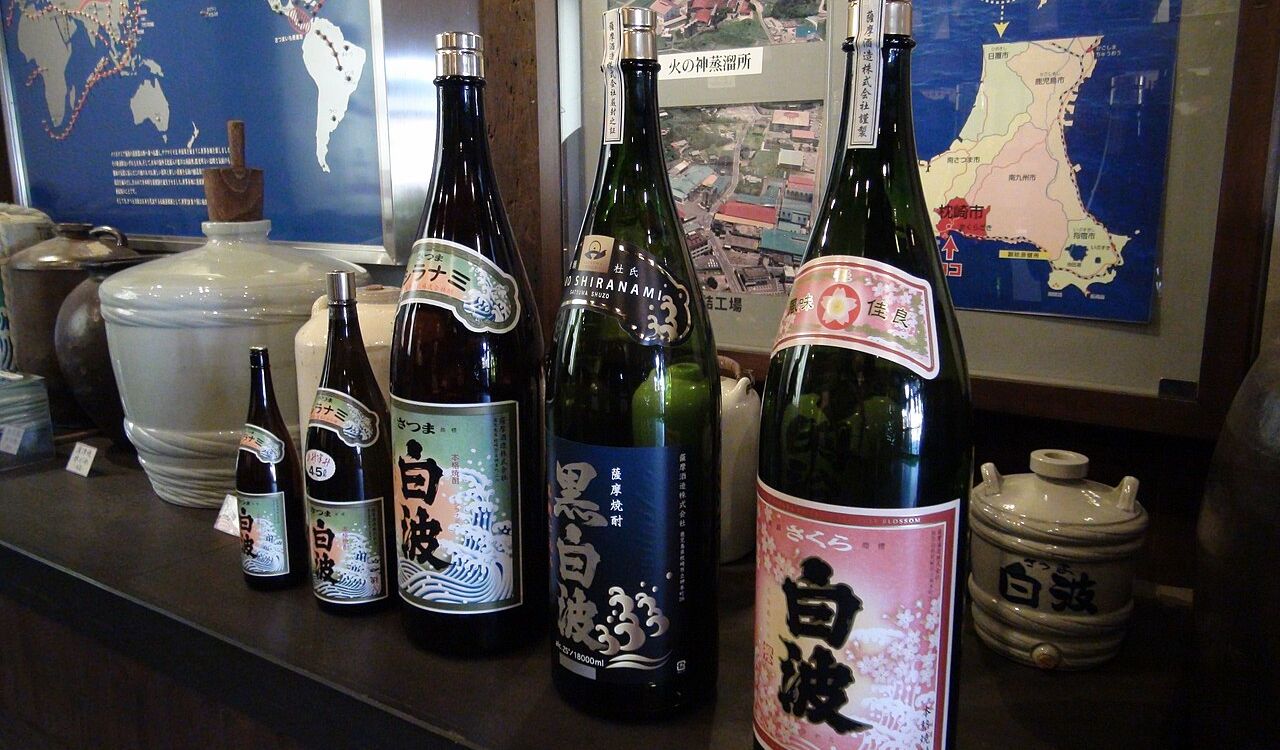
Shochu is a traditional Japanese spirit that can be made from barley, sweet potato, rice, or buckwheat. Each ingredient gives the drink a distinct flavor, from smooth and subtle to bold and aromatic. Shochu is distilled rather than brewed, which gives it a stronger character than sake but usually less alcohol than whiskey. It can be enjoyed neat, over ice, or mixed with tea or soda. Popular in izakayas, shochu represents the Japanese skill of creating depth and variety through balance and precision.
4. Ramune (Japanese Soda)
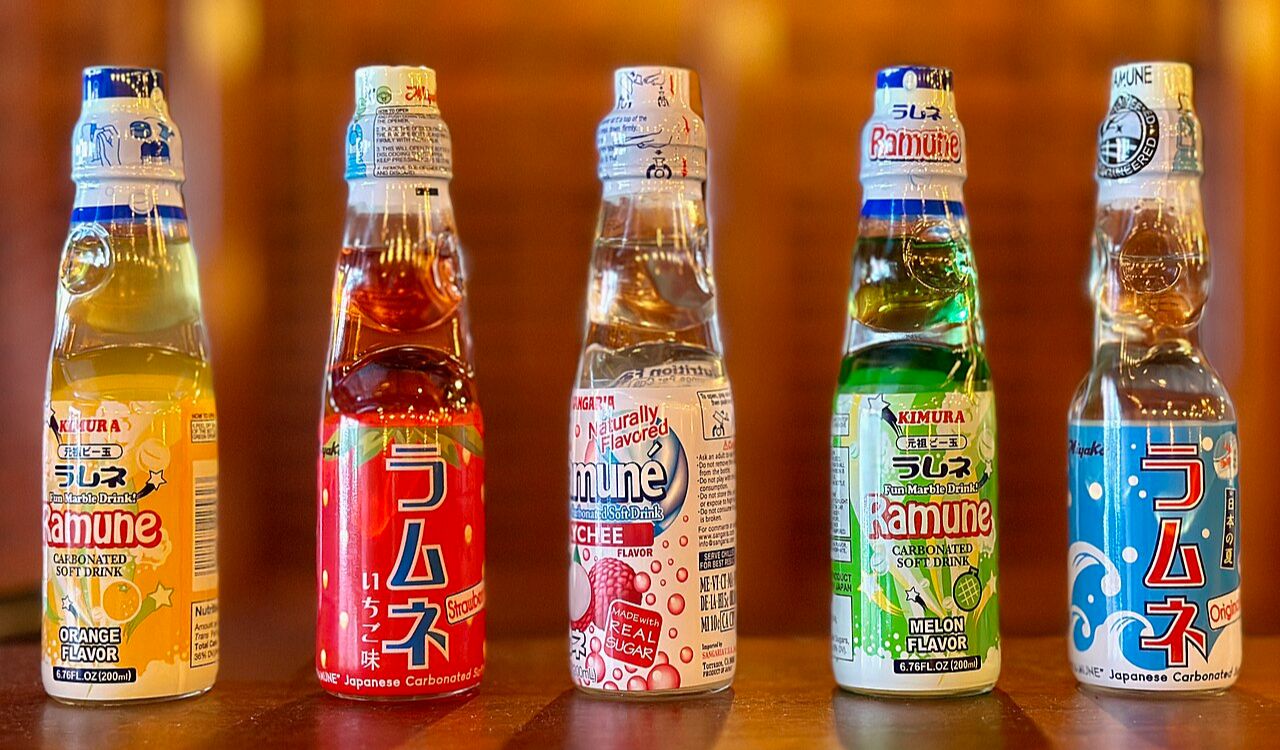
Ramune is one of Japan’s most nostalgic soft drinks, famous for its glass bottle sealed with a marble. To open it, the marble is pressed into the neck, causing a small fizz that delights both kids and adults. Ramune comes in many flavors, including classic lemon-lime, melon, and strawberry. It is especially popular during summer festivals, where its light sweetness offers instant refreshment. The drink’s playful design and sparkling taste make it a symbol of joy and childhood memories in Japan.
5. Amazake (Sweet Fermented Rice Drink)
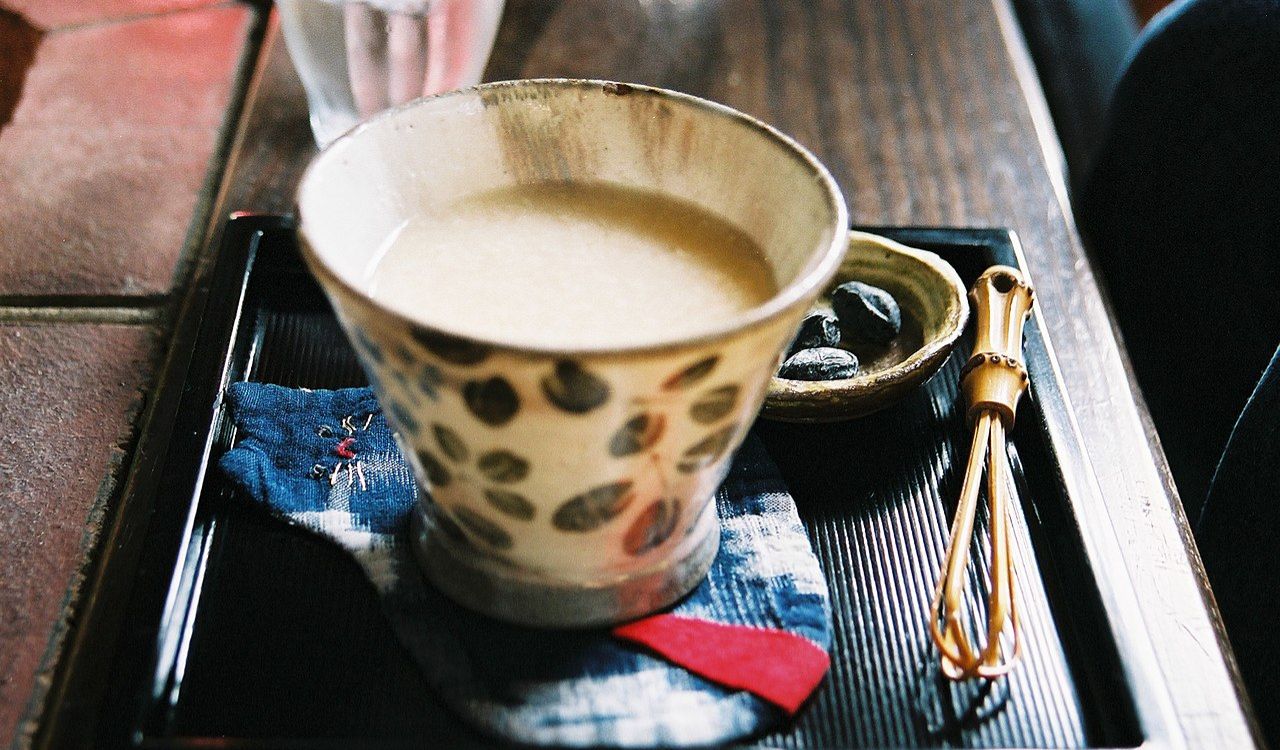
Amazake is a creamy, mildly sweet drink made from fermented rice. Some versions contain a small amount of alcohol, while others are completely non-alcoholic. Known for its rich nutrients and natural sweetness, amazake is considered a traditional health drink in Japan. It can be served hot during winter or cold in summer, offering comfort and energy throughout the year. Its smooth texture and subtle aroma make it popular during festivals and New Year celebrations, representing nourishment and warmth in Japanese culture.
6. Mugicha (Barley Tea)
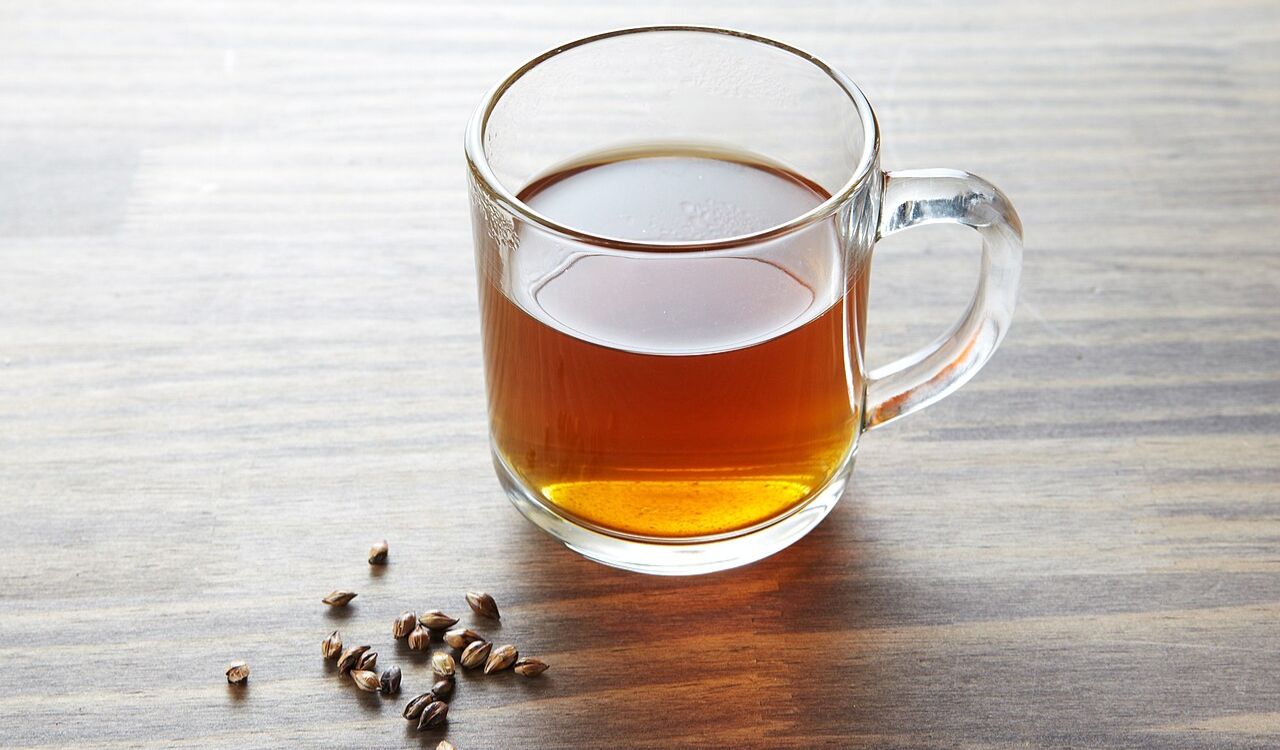
Mugicha is a roasted barley tea that is naturally caffeine-free and widely enjoyed across Japan. Brewed by steeping roasted barley grains in water, it has a toasty aroma and slightly nutty taste. Mugicha is refreshing when served cold in summer and comforting when enjoyed hot in cooler months. It is believed to aid digestion and improve circulation, making it a healthy alternative to sugary drinks. With its calm flavor and wide appeal, mugicha remains a household staple that embodies everyday Japanese simplicity.
7. Calpis (Fermented Milk Drink)
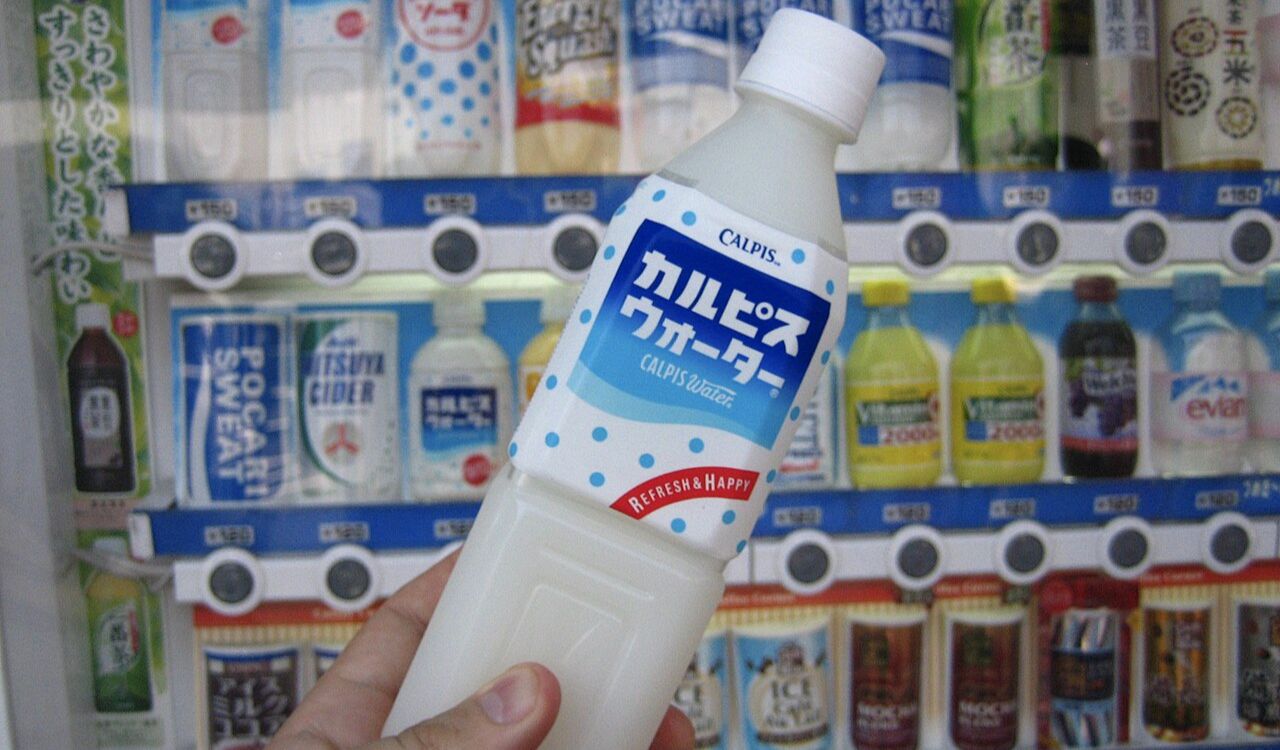
Calpis, also known internationally as Calpico, is a smooth and slightly tangy beverage made from fermented milk. Introduced in 1919, it was inspired by Mongolian dairy drinks but adjusted for a gentler flavor suited to Japanese tastes. It is typically diluted with water or soda and sometimes used in cocktails. The drink’s subtle sweetness and creamy finish make it refreshing without being heavy. Recognizable by its white bottle with blue polka dots, Calpis continues to be a nostalgic favorite for generations.
8. Umeshu (Plum Wine)
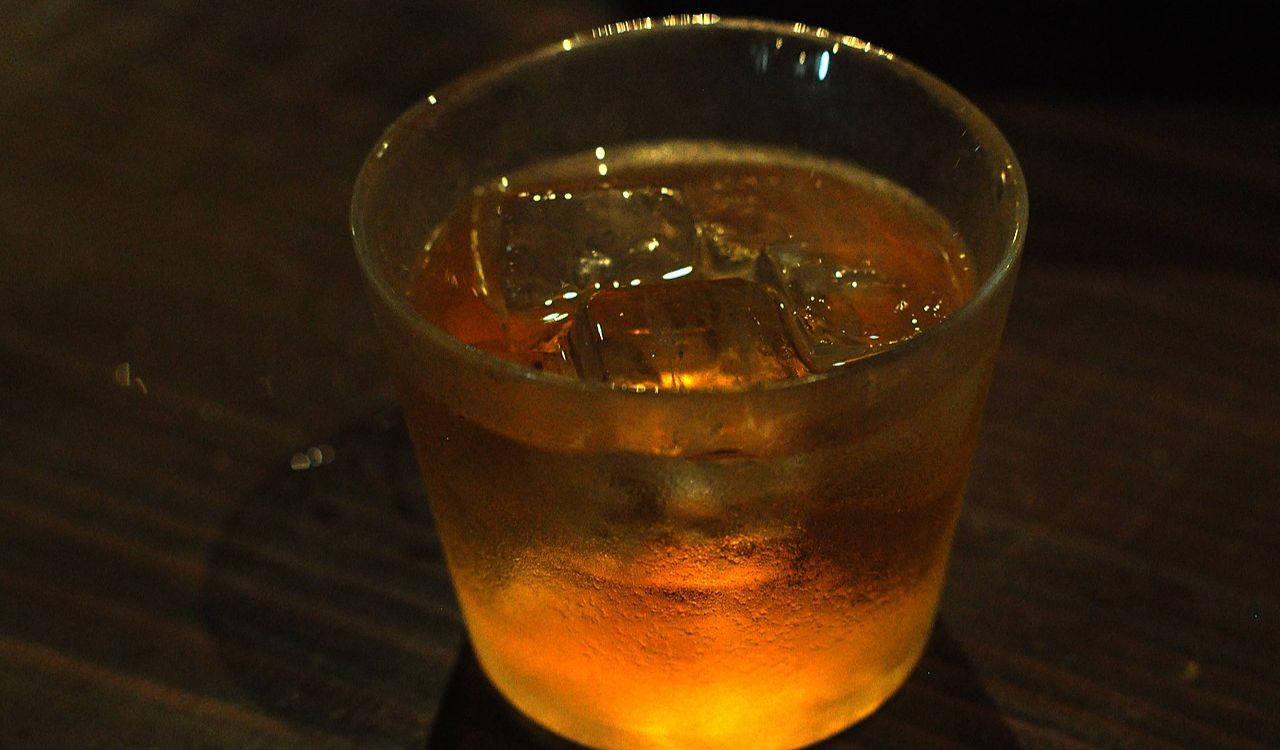
Umeshu is a sweet, golden liqueur made by soaking unripe ume plums in sugar and alcohol such as shochu or sake. The result is a smooth, aromatic drink with a balance of tart and sweet notes. It can be served chilled, on the rocks, or mixed with soda water. Umeshu is enjoyed throughout the year but is especially popular in summer for its fruity and refreshing taste. Often made at home, it represents hospitality, care, and the comforting flavors of tradition.
9. Yakult (Probiotic Drink)
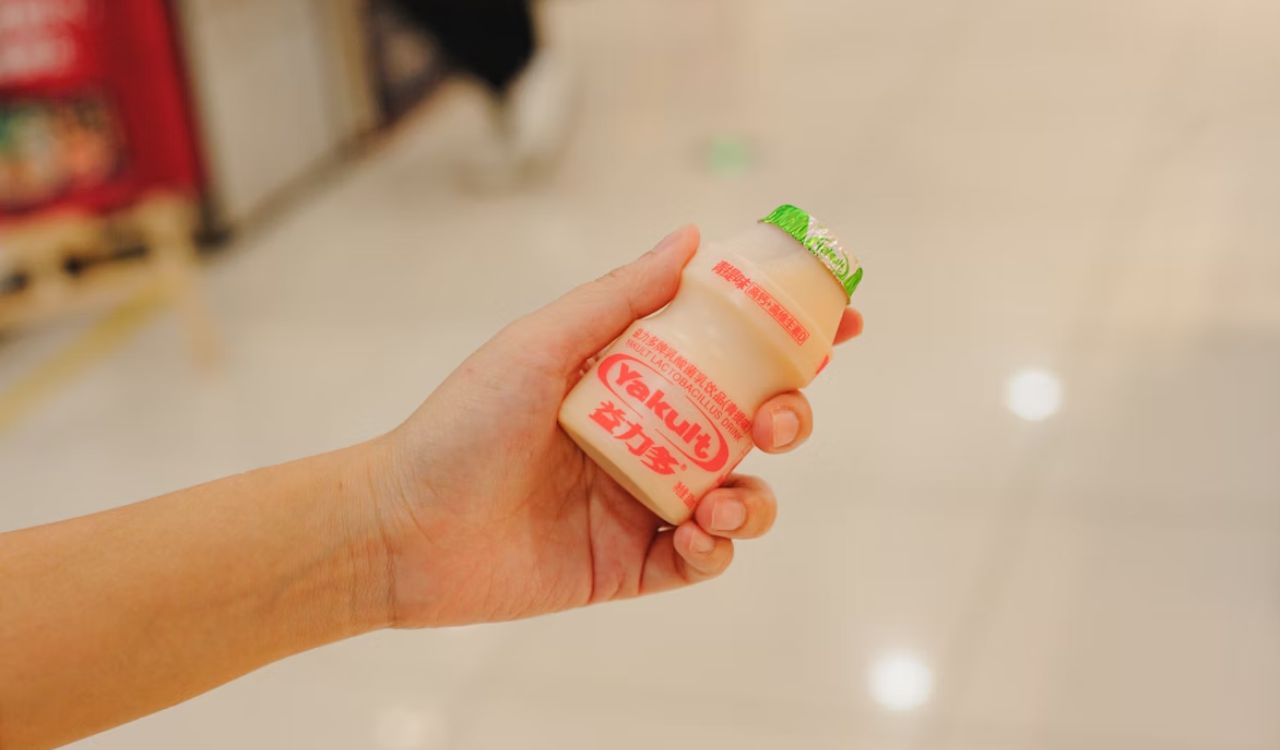
Yakult is a small probiotic drink that has been a part of Japanese households since the 1930s. Made from skim milk fermented with Lactobacillus casei bacteria, it has a pleasantly sweet and tangy flavor. Each tiny bottle is packed with billions of good bacteria that support digestion and immune health. Affordable and convenient, Yakult has gained worldwide recognition for its consistent quality. Its friendly size and mild taste make it both a nostalgic treat and a simple way to maintain gut wellness every day.
10. Genmaicha (Brown Rice Green Tea)
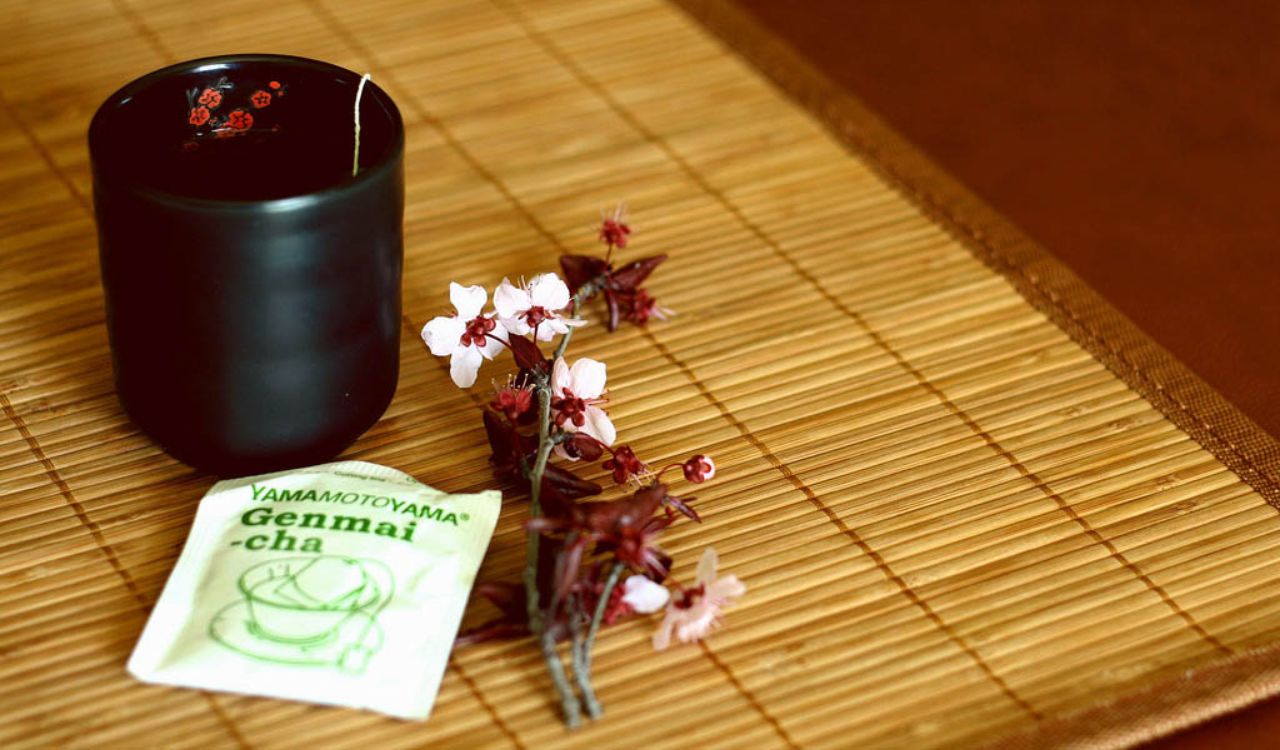
Genmaicha is a comforting tea blend made from green tea leaves mixed with roasted brown rice. The result is a drink that combines grassy tea notes with the warm, toasty flavor of roasted grains. It is lighter and lower in caffeine than pure green tea, making it ideal for daily drinking. The aroma is soothing and the taste balanced, offering both depth and calm. Once considered a humble tea for commoners, genmaicha is now appreciated for its heartwarming simplicity and natural harmony.



